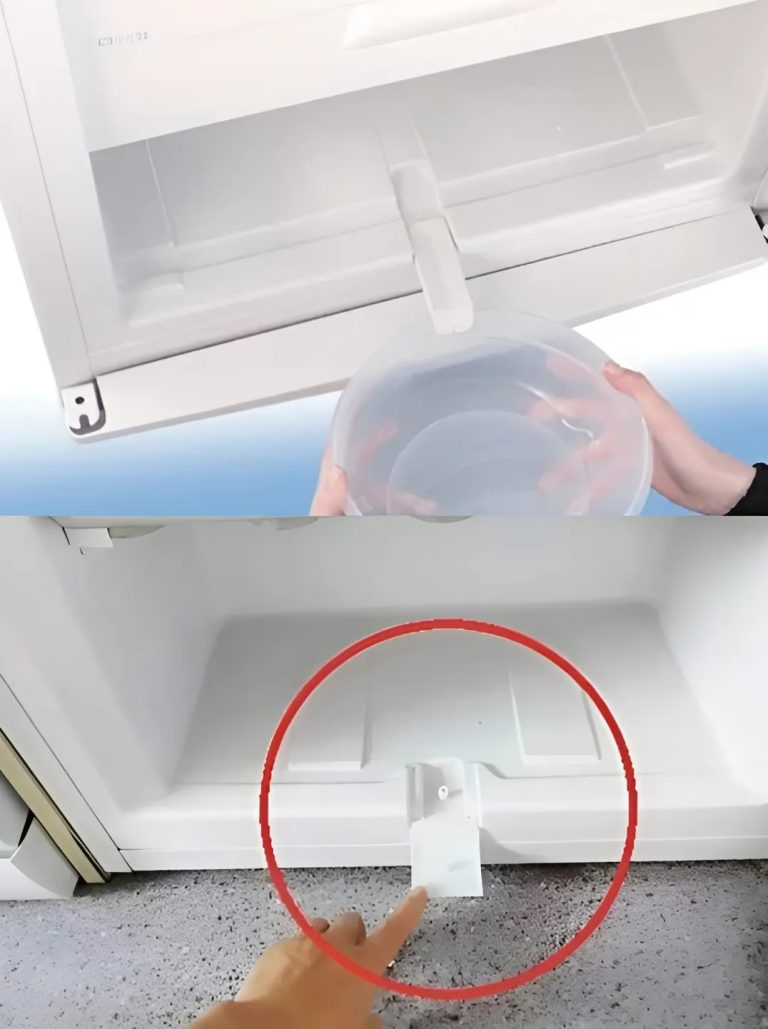ADVERTISEMENT
5.2 Checking door seals
Door seals should also be checked regularly. Through worn or damaged seals, warm air can penetrate, making the refrigerator more work to maintain the temperature. A simple door test can be performed by clamping a piece of paper between seal and door; if the paper glides slightly, it is time to replace the seal.
6. Temperature setting
6.1 Importance of adaptation
Another important function that affects the performance of your refrigerator is the temperature setting. The ideal temperature for a refrigerator is generally between 0 °C and 4 °C (32 °F and 39 °F). An incorrect attitude can lead to quick spoiling of food or to high energy consumption.
6.2 Use of Thermometers
To ensure an exact temperature, it is recommended to use a refrigerator thermometer. This allows you to check whether the temperature matches the temperature set by the thermostat and adjust it if necessary.
Conclusion
If you understand these hidden refrigerator features, you can not only improve its efficiency, but also the quality of your food. By paying attention to air circulation, automatic defrosting, moisture control, insulation, regular maintenance and temperature adjustment, you can extend the life of your device and save energy costs. If you invest a little time in maintenance and understanding the functioning of your refrigerator, this can make a big difference in your kitchen.
ADVERTISEMENT
